Cultivation and Maintenance of Mandarin Jasmine
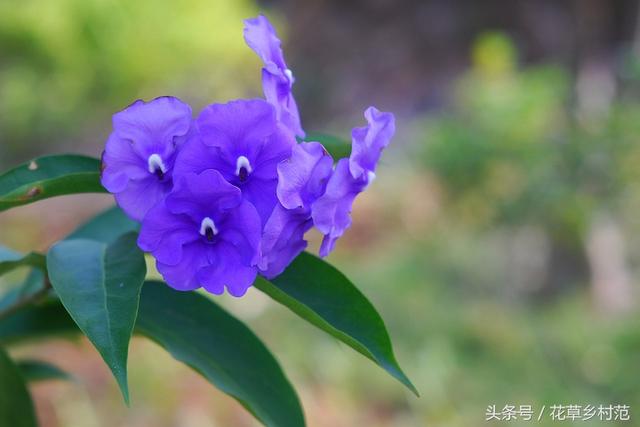
Morphological characteristics: the plant is 70-150 cm high. Leaves alternate, long lanceolate, flowers solitary or 2 Mel 3 clustered in leaf axils, high-footed dish-shaped flowers, Corolla 5-lobed, blue at first, then white and a tree bichromatic flower, light fragrant. The florescence is from May to June and from October to November.
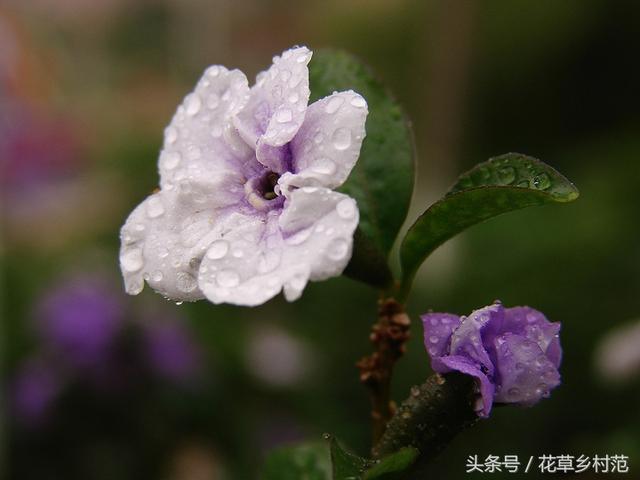
Growth habits: sex like warm, moist, sunny climate conditions, like loose and fertile soil, tolerance to semi-shade, drought, barren, avoid waterlogging, with cold, the suitable temperature for growth is 18-30 degrees.
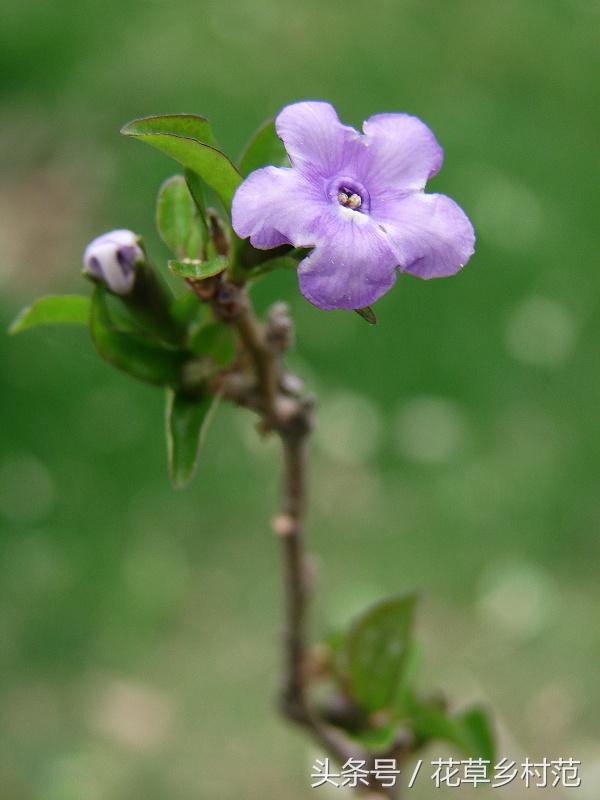
Conservation measures: mandarin duck jasmine can only be planted in pots to the north of the Yangtze River basin.
If you turn over the basin and touch the soil in early spring every year, it is advisable to stay with the soil 1 / 3 or so.
(2) like wet and afraid of waterlogging: the growing season should be often watered, and the foliar basin should be watered to keep the basin soil slightly moist but not waterlogged, and the basin soil should be slightly moist and dry during the winter dormant period. During the growing period, compound fertilizer containing nitrogen, phosphorus and potassium should be applied once every 15 days, and nitrogen fertilizer should not be applied alone, otherwise the branches and leaves would grow and the flowers would be sparse, and there would be no fertilization in the dormant period.
(3) like light, warm and not cold-resistant, the growing period should be placed on the southward balcony to see more sunshine, but the midsummer noon should be a little shade, strong light exposure, leaves easy to yellow. When the winter temperature drops to about 5 degrees, move indoors and put it on the sunny windowsill, more than 3 degrees can survive the winter safely, and about 20 degrees can continue to blossom.
(4) the mandarin duck jasmine should pay attention to pruning, often keep the round crown with a height of 30ml and 40cm is more beautiful, when turning the basin and changing the soil in early spring, leave 15mur20cm high heavy cut once, the sturdy branches can be used for reproduction, after flowering, the remnant flowers and inner bore branches can be trimmed slightly.
(5) the resistance of mandarin duck jasmine is strong, and there are few diseases and insect pests, and aphids and longicorn beetles are occasionally found.
Warm reminder: when transposition, put a coarse-grained matrix 2-3 cm thick as a filter layer at the bottom of the basin. Sprinkle a layer of fully mature organic fertilizer as base fertilizer, with a thickness of 1-2 cm. Cover a thin layer of matrix, 1-2 cm thick, and then put in the plant to separate the fertilizer from the root system to avoid root burning.
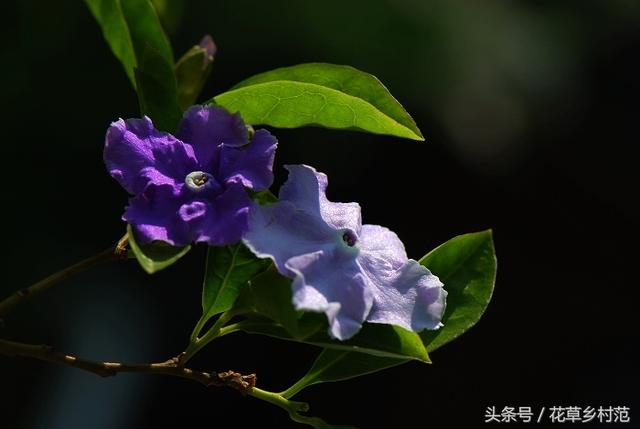
- Prev
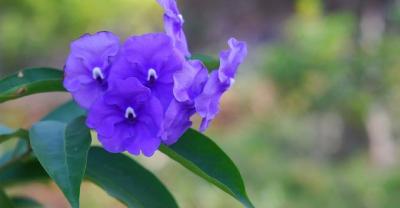
The economic benefit of pomegranate planting is considerable.
A few years ago, we promoted the cultivation of pomegranate here, but later it failed because of poor management. Pomegranate is particularly afraid of frost damage, planting must strengthen prevention. According to one.
- Next
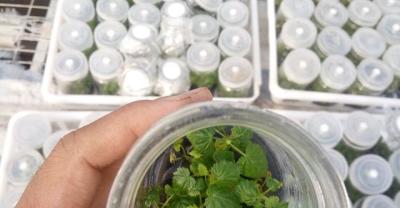
Cultivation and cultivation of Violet
Violet, also known as grass violets, sweet-scented osmanthus, cruciferous violets, is a biennial or perennial herbaceous flower. Origin of the Mediterranean coast of Europe, countries.
Related
- Fuxing push coffee new agricultural production and marketing class: lack of small-scale processing plants
- Jujube rice field leisure farm deep ploughing Yilan for five years to create a space for organic food and play
- Nongyu Farm-A trial of organic papaya for brave women with advanced technology
- Four points for attention in the prevention and control of diseases and insect pests of edible fungi
- How to add nutrient solution to Edible Fungi
- Is there any good way to control edible fungus mites?
- Open Inoculation Technology of Edible Fungi
- Is there any clever way to use fertilizer for edible fungus in winter?
- What agents are used to kill the pathogens of edible fungi in the mushroom shed?
- Rapid drying of Edible Fungi

